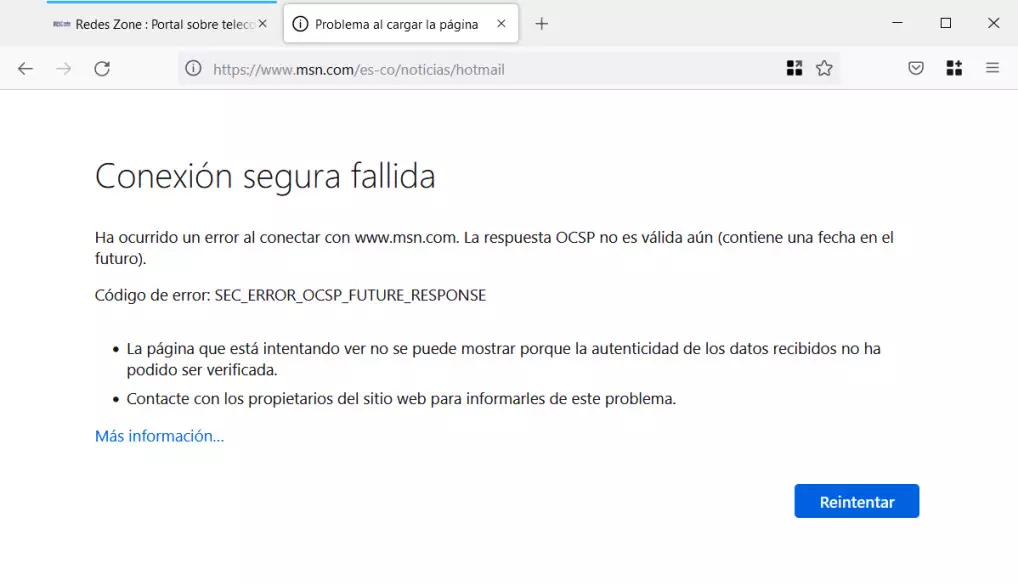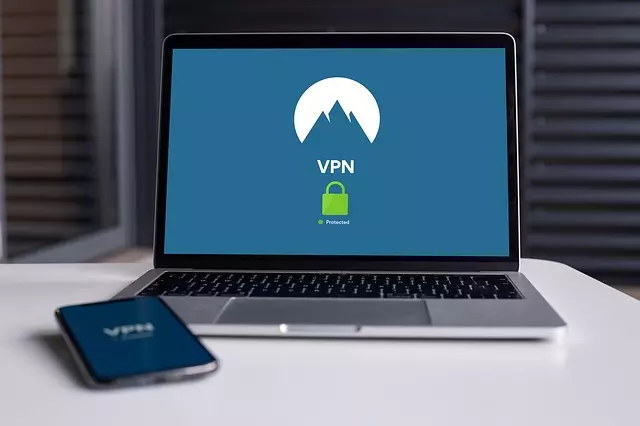
We live in an increasingly digital world and that is changing our ways of doing things. However, deep down despite this we have the same concerns: security and anonymity. One of the things that has changed the most is online banking. If we remember, until not many years ago we used a notebook to see our movements and we had to go to the office to make our transfers. However, all these tasks can be done online but you have to be careful because hackers are on the prowl. In this article we are going to talk about what techniques cybercriminals use to enter your bank account.
All techniques of hackers
Hackers or cybercriminals use different techniques to try to get hold of our bank’s login credentials. Next, we are going to explain in detail all the techniques they use.
The danger of mobile apps
As we have already mentioned before, using an app from our mobile to manage our finances is the order of the day. Cybercriminals know this and that is why they will try to break into your bank account to make a profit.
In that aspect they will try to trick victims with fake banking apps. This way of proceeding consists of spoofing an existing banking application. The cybercriminal will create an identical replica of your bank’s app and upload it to third-party websites. The victim then downloads it, puts their login credentials and then sends this information to the cyber criminal.
Another way is by replacement of a real banking app with a fake one. In this case it is the mobile banking trojan. Here it is a app that is not from a bank that has a Trojan installed inside. Next, this Trojan starts scanning our smartphone for banking apps. Then when it detects that the user starts a banking application, it will show you a window identical to the original one. If the username and password data are entered, they will pass into the hands of the hacker.
Here are some tips to avoid being a victim of this type of app:
- Only download apps from official stores like Google Play and the App Store.
- Be careful with the permissions you give to the applications when you install them, if you see that it doesn’t make sense, don’t give it to them.
- Check the number of downloads, if it has few it may be false.
identity theft
Users gradually become familiar with Phishing tactics and learn how to defend themselves. Cybercriminals have stepped up their efforts to trick people into clicking on their links by using more advanced social engineering techniques. One such tactic is to hack into the email accounts of well-known professionals, such as businessmen and lawyers. They then send phishing emails from a previously trusted address. For example, they may ask you to make a transfer from your bank account.
In these cases, if the address seems legitimate but seems somewhat strange to you, you have to see if you can validate the email with the person who sent it to you. Also, if you have their telephone number or other means of contact, we can carry out a check, for example by making a phone call.
Keyloggers and Man-in-the-Middle attacks
The keyloggers or also known as keyloggers This is one of the quietest ways a cybercriminal can hack into your bank account. Keyloggers can be defined as a type of malware that records what you are typing and then sends that information to the hacker. As for the way to protect yourself, it is by installing a good antivirus or antimalware software.
On some occasions, a cybercriminal targets the communications between us and our bank’s website to obtain our data. These attacks are known as Man-in-the-Middle (MITM) attacks. These occur when a hacker intercepts communications between us and a legitimate service such as a bank. In that aspect to avoid this type of attack:
- Check that HTTPS appears in the address bar of your browser.
- Don’t use public Wi-Fi.
- In case you have to use public Wi-Fi, use a VPN.
SIM-swapping
SMS authentication codes are some of the biggest obstacles for cybercriminals. Unfortunately they can bypass these controls and do not need your phone by using SIM-swapping. This method consists of the cyber criminal contacting your mobile provider and pretending to be us. They mention that they lost their phone and would like to transfer their old number to a SIM card.
As soon as they have our number on a SIM card, they can easily intercept the SMS codes. Then, when they log into your bank account, the bank sends an SMS verification code to their phone instead of yours. They then log into your account seamlessly and can take your money. Finally, you may be interested in knowing the methods to hack a SIM and how to protect ourselves.




